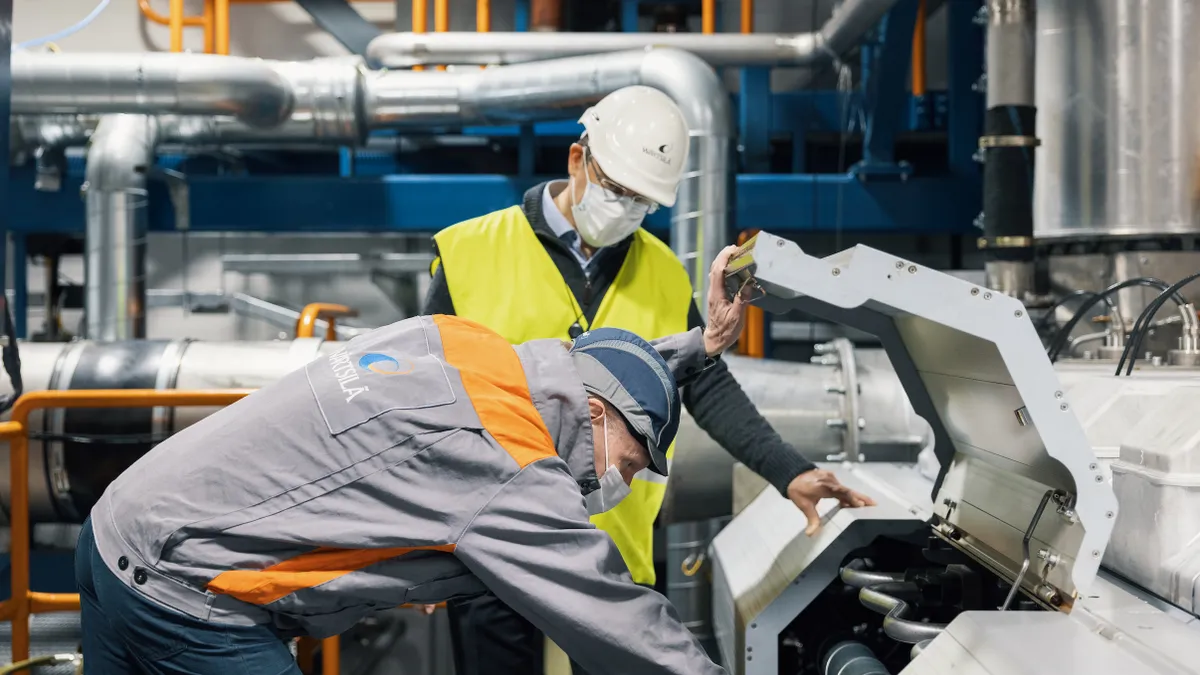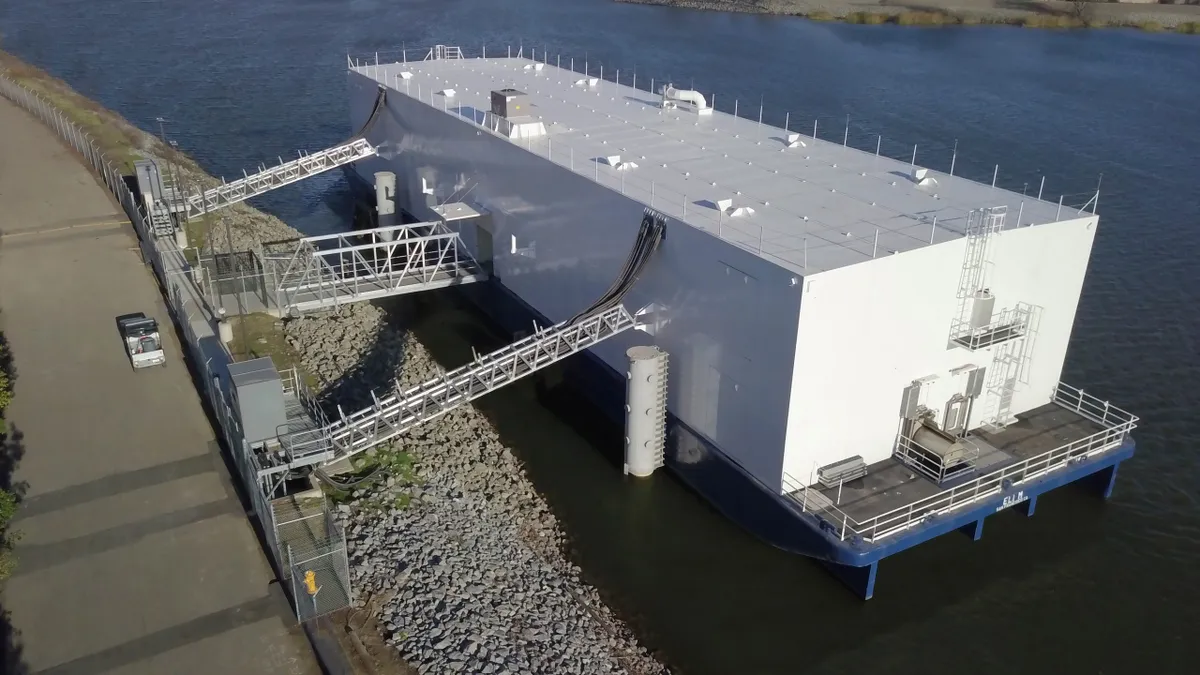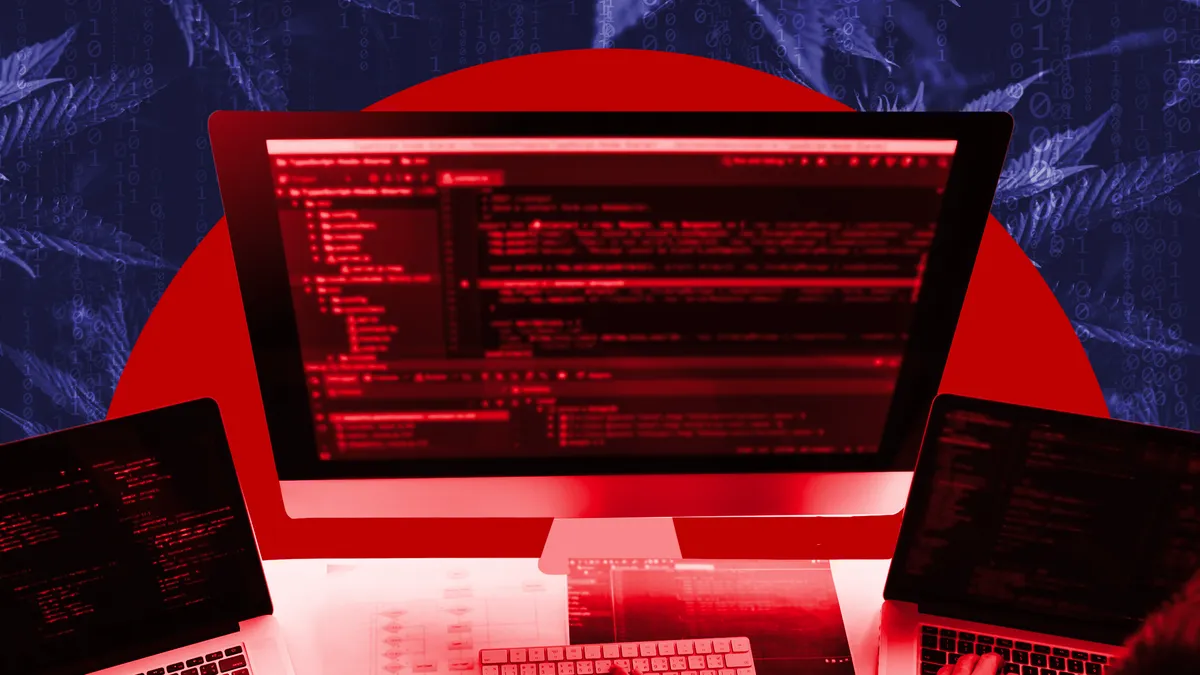The following is a contributed article by Michael Wu, Principal and Co-Founder of Converge Strategies and a fellow in the Resource Security Program of New America.
In the midst of the modern world's greatest public health crisis, we must focus on keeping the lights on in our hospitals and medical care facilities.
We're rightly worried about shortages of personal protective equipment, the lack of testing capacity, and entire regional medical systems being overwhelmed with outbreaks. Our ability to respond to and recover from the novel coronavirus pandemic also depends on critical infrastructure systems — electricity, water, communications — that we often take for granted. We must mitigate immediate risks that vulnerabilities to these systems pose for public health today and change the way we prioritize and invest in critical infrastructure in the future.
Hospitals rely on electricity to provide critical care. Ventilators and other equipment essential to treating patients with acute symptoms of the virus depend on electricity to function. Heating, ventilation and temperature control must be maintained for treating all patients. And the proliferation of electronic medical record systems rely on power and network connections to track patients and treatments.
Backup failures
Medical care facilities are required to have backup systems in case of power outages. However, many generators fail when operated for extended periods of time, including those that have undergone required testing.
As Eric Cote, the head of Powered for Patients, a nonprofit organization focused on energy resilience for the public health sector, explained, "failures for hospitals reliant on a single generator can be especially dangerous since such a facility would have no emergency power should they lose their only generator."
Cote began his organization after seeing the impact of Hurricane Sandy, which resulted in six New York City-area hospitals losing their emergency power systems, forcing emergency evacuations. The scope of generator failures flooded phone lines at generator service providers, leading to reports that some calls to service companies went unanswered.
Worries over backup power for critical care facilities make the security and resilience of our electric grid a paramount concern during public health crises. But our electric grid and other critical infrastructure systems are under constant threat, more so now than ever.
Severe storms are sweeping through the Midwest and the South. Meanwhile, increasingly lengthy and extreme hurricane and wildfire seasons are just around the corner.
At the same time, determined adversaries have demonstrated the capacity to penetrate utility operator networks, and are far more likely to unleash attacks when they could do the most damage: when our systems are already strained. The Department of Homeland Security recently issued an alert about ransomware shutting down some natural gas pipeline operations, and China and Russia have already launched coronavirus-related disinformation campaigns sowing confusion and spreading fear.
Our infrastructure workers — the power plant operators, linemen and control room technicians — are at the front lines of confronting this crisis. Core personnel are already being housed at power plants, and some companies are stocking supplies to sequester for months. Companies are taking a wide range of approaches and tactics to ensure the power grid continues to operate.
When people are dying and the global economy is tottering, developing strategies to confront this crisis can feel impossible. But there are a number of things we can do today that would significantly mitigate worst case scenarios on the local and national levels.
Preparing for power disruptions
First, hospitals and medical care facilities should be planning and preparing for power disruptions. They should test their generators today, prioritize preventative maintenance, and ensure they have commonly needed spare parts on-site.
In addition, state and local emergency management agencies should pre-position additional generators at facilities currently backed up by inadequate generators. These steps are even more important in rural communities where alternate health facilities to relocate patients may be dozens of miles away.
Second, our utility sector must accelerate its preparations for these kinds of emergencies, and governments must reinforce these efforts.
The Electricity Subsector Coordinating Council, a collection of high-level government energy officials and utility leaders, has issued guidance to the sector. But this guidance must be implemented through state and local governments and to individual utility companies, many of which are understaffed and resource-constrained during even normal operations.
Governments should provide support for lodging and feeding essential grid operators while sequestered, and tracking essential personnel availability so that staff can be surged when needed. We should also prioritize essential personnel for coronavirus testing to ensure we don't contaminate power plants or control rooms, as has happened at a number of air traffic control facilities.
Finally, as we emerge from this crisis we must reimagine our approach to infrastructure planning and investments.
Reliability, affordability, and safety have been the guiding tenets of our electric grid for decades. To those we must add resilience — the ability to absorb, respond to, and recover from disruptions.
Future stimulus targeted at infrastructure investments must include distributed energy resources, like advanced energy storage and microgrids, which can provide adaptive capacity for critical life, health and safety requirements. We must ensure we're better prepared for the inevitable disruptions of the future.
















